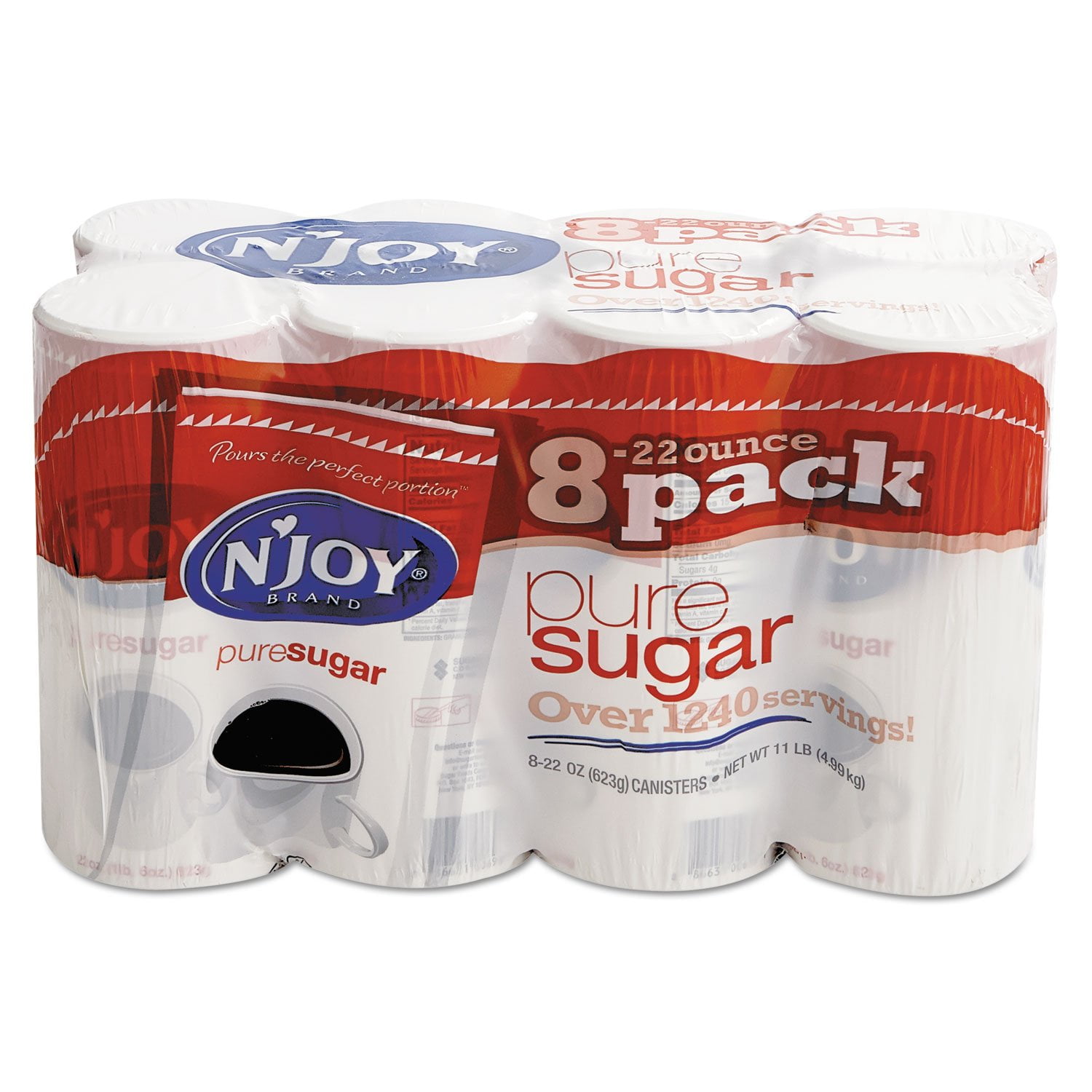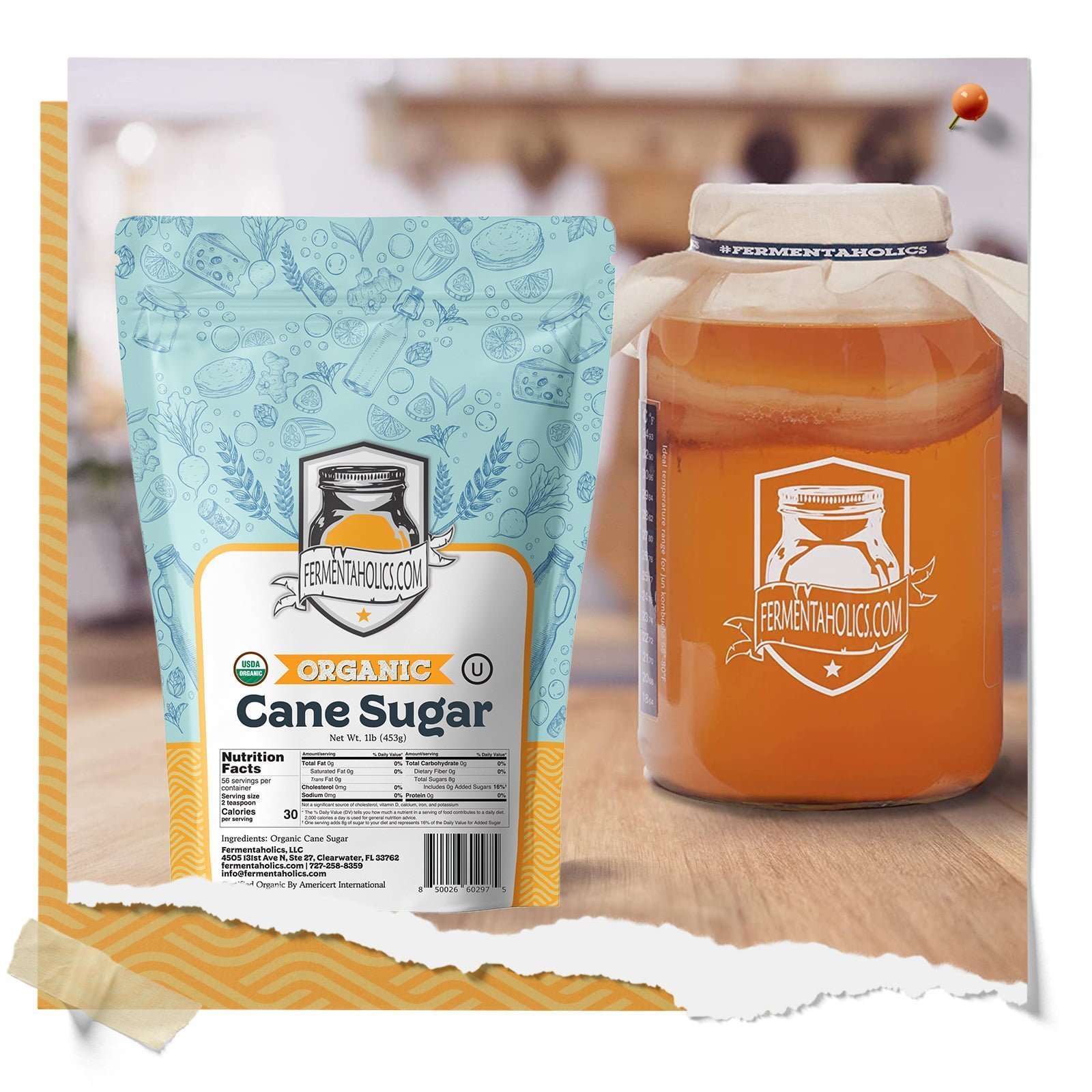Comprehending the Diverse Functions of Sugar Cane in Agriculture and Manufacturing
Sugar Cane plays a crucial function in both agriculture and production. As a major cash money crop, it impacts economic situations in tropical regions. Its adaptability extends beyond sugar production to biofuels and eco-friendly products. Additionally, sugar Cane farming promotes dirt health and wellness and biodiversity. The full scope of its contributions and possible in lasting methods remains to be discovered. What ingenious procedures could boost its role in future farming systems?
The Agricultural Value of Sugar Cane
Sugar Cane plays an important role in farming, contributing significantly to the economies of numerous tropical and subtropical areas. This turf varieties prospers in cozy environments, needing sufficient sunshine and water, making it an optimal plant for these locations. Sugar Cane is largely cultivated for its high sucrose content, which acts as a vital raw material for sugar production. Additionally, it plays a significant role in dirt conservation by preventing disintegration and improving soil fertility with its development cycles. Sugar walking stick's substantial root system aids in water retention, benefiting bordering plants. The crop supports neighborhood ecosystems by giving environment and food for different wild animals species. Farmers typically incorporate sugar Cane into crop rotation systems, enhancing biodiversity and farming strength. The growing of sugar Cane not only fulfills neighborhood food needs but likewise promotes lasting farming methods, advertising lasting environmental health and wellness in farming communities.
Economic Payments of Sugar Cane Cultivation
Although sugar Cane is frequently neglected, its financial contributions are considerable, specifically in establishing countries where it functions as an essential money crop. The cultivation of sugar Cane creates considerable earnings for millions of farmers, giving incomes and cultivating rural advancement. As a versatile crop, it supports various markets, including sugar production, biofuels, and drugs, consequently boosting neighborhood economic situations.
Furthermore, sugar Cane farming promotes job production in agricultural markets, refining centers, and transportation networks. It also adds to international exchange incomes through exports, boosting national economic security. In areas such as Brazil and India, sugar Cane plays a critical role in farming exports, reinforcing trade equilibriums.
Additionally, the crop's byproducts, like bagasse and molasses, supply more economic chances, utilized in energy generation and pet feed. Therefore, the economic impact of sugar Cane prolongs beyond simple cultivation, influencing wider commercial and agricultural landscapes.
The Refine of Sugar Manufacturing From Walking Cane

The journey from sugar Cane to refined sugar involves numerous key phases that highlight the intricacy of sugar manufacturing. Mature sugar Cane stalks are harvested and moved to refining centers. What Is Sugar Cane Used For. The Cane is then squashed to remove juice, which includes a high focus of sucrose. This juice undertakes explanation, where pollutants are eliminated, typically utilizing lime and warm
Next off, the cleared up juice is evaporated to focus the sugar web content. The resulting syrup is after that subjected to condensation, enabling sugar crystals to develop. These crystals are divided from the remaining syrup with centrifugation and washed to get rid of any kind of residual molasses.
The last entails refining, where sugar crystals are additional cleansed and blonde, causing the white granulated sugar generally made use of in foodstuff. This careful process emphasizes the intricate trip from raw Cane to the sugar that plays a necessary role in different cooking applications.
Sugar Cane as a Source of Biofuels
As interest in renewable resource resources expands, sugar Cane has actually become a substantial prospect for biofuel production. The plant's high sugar material enables effective fermentation procedures, transforming sugars right into ethanol. This biofuel works as a renewable option to nonrenewable fuel sources, reducing greenhouse gas exhausts and promoting energy sustainability.
Countries like Brazil have long utilized sugar Cane for ethanol, establishing substantial manufacturing infrastructure that supports both domestic energy demands and global export. The cultivation of sugar Cane for biofuel has actually likewise produced economic chances, especially in country locations, where it creates employment and sustains local farming.
Sugar Cane biofuels can be integrated into existing fuel systems, making them a functional remedy for moving away from typical energy sources. As technical advancements proceed to enhance manufacturing efficiency, sugar cane's duty in biofuel growth is poised to broaden, further adding to global initiatives towards renewable energy adoption.
Innovative Uses Sugar Cane in Biodegradable Plastics
A growing variety of makers and researchers are checking out ingenious uses sugar Cane in the production of eco-friendly plastics. Sugar walking stick, rich in sucrose, can be refined to establish polylactic acid (PLA), a biopolymer that functions as a choice to petroleum-based plastics. This bioplastic can be made use of in numerous applications, including product packaging, disposable flatware, and agricultural films.
The use of sugar cane-derived PLA presents a number of benefits, such as minimized dependancy on fossil gas and the potential for reduced carbon exhausts during manufacturing. In addition, sugar walking stick's eco-friendly nature makes it an attractive selection in the pursuit for sustainable materials. Recent innovations in processing methods have actually enhanced the performance and cost-effectiveness of producing these bioplastics, fostering better fostering in the marketplace. As the demand for environmentally friendly services expands, sugar Cane attracts attention as a valuable source in the shift towards greener manufacturing methods.
Ecological Advantages of Sugar Cane Farming

On top of that, sugar Cane requires much less water try this compared to other plants, making it suitable for growing in deserts. Efficient use plant deposits, such as bagasse, can minimize waste and offer sustainable power resources. Furthermore, sugar Cane farming can facilitate the facility of agroforestry systems, producing a synergistic relationship between plants and trees. These techniques not just safeguard the setting however also promote lasting farming techniques, ultimately profiting neighborhood areas and ecosystems.
The Future of Sugar Cane in Sustainable Practices

Moreover, the potential for sugar Cane to contribute to eco-friendly power sources is getting grip. Biofuels derived from sugar Cane can significantly decrease carbon discharges contrasted to nonrenewable fuel sources, straightening with international climate objectives. In addition, developments in waste monitoring enable the utilization of spin-offs, further lessening ecological effect.
Research study into drought-resistant sugar Cane selections is additionally underway, using strength against environment modification. As stakeholders throughout the sector embrace these lasting techniques, sugar Cane is positioned to play an important role in promoting agricultural sustainability, ensuring its importance in future markets and contributing favorably to eco-friendly balance.

Frequently Asked Inquiries
How Does Sugar Cane Affect Soil Health And Wellness and Fertility?
The effect of sugar Cane on dirt wellness and fertility is substantial. Its extensive root system enhances dirt framework, while raw material from decomposing fallen leaves contributes essential nutrients, promoting general fertility and supporting varied microbial life.
What Are the Labor Problems for Sugar Cane Workers?
Labor conditions for sugar Cane workers differ extensively, commonly defined by long hours, reduced earnings, and unsafe atmospheres. Lots of face obstacles such as lack of click here now accessibility to healthcare and insufficient protective steps versus hazardous conditions.
Can Sugar Cane Be Grown in Non-Tropical Climates?
Sugar Cane usually prospers in exotic environments due to its warm and humidity demands. However, particular non-tropical areas might effectively cultivate it via details farming practices, though yields and quality might be substantially decreased.
What Pests Generally Threaten Sugar Cane Crops?
Insects threatening sugar Cane plants consist of the sugarcane borer, aphids, and nematodes. These microorganisms can considerably impact crop return, necessitating reliable pest administration techniques to guarantee healthy and balanced development and take full advantage of farming performance.
How Does Sugar Cane Cultivation Effect Citizen Communities?
The farming of sugar Cane considerably impacts local communities by giving work possibilities, boosting economic development, and influencing social structures. Furthermore, it can bring about ecological obstacles, influencing additional reading agricultural practices and neighborhood wellness in the region.
Sugar Cane is mainly cultivated for its high sucrose web content, which offers as an essential raw material for sugar production. Farmers commonly incorporate sugar Cane into plant rotation systems, enhancing biodiversity and farming resilience. The journey from sugar Cane to polished sugar involves a number of essential stages that highlight the complexity of sugar production. The last phase entails refining, where sugar crystals are more purified and bleached, resulting in the white granulated sugar generally made use of in food products. The plant's high sugar material allows effective fermentation processes, converting sugars into ethanol.